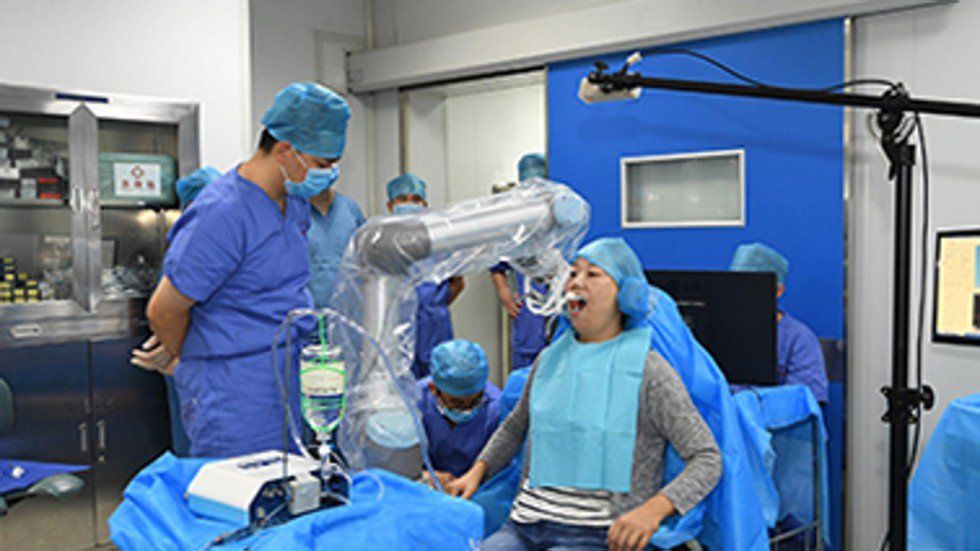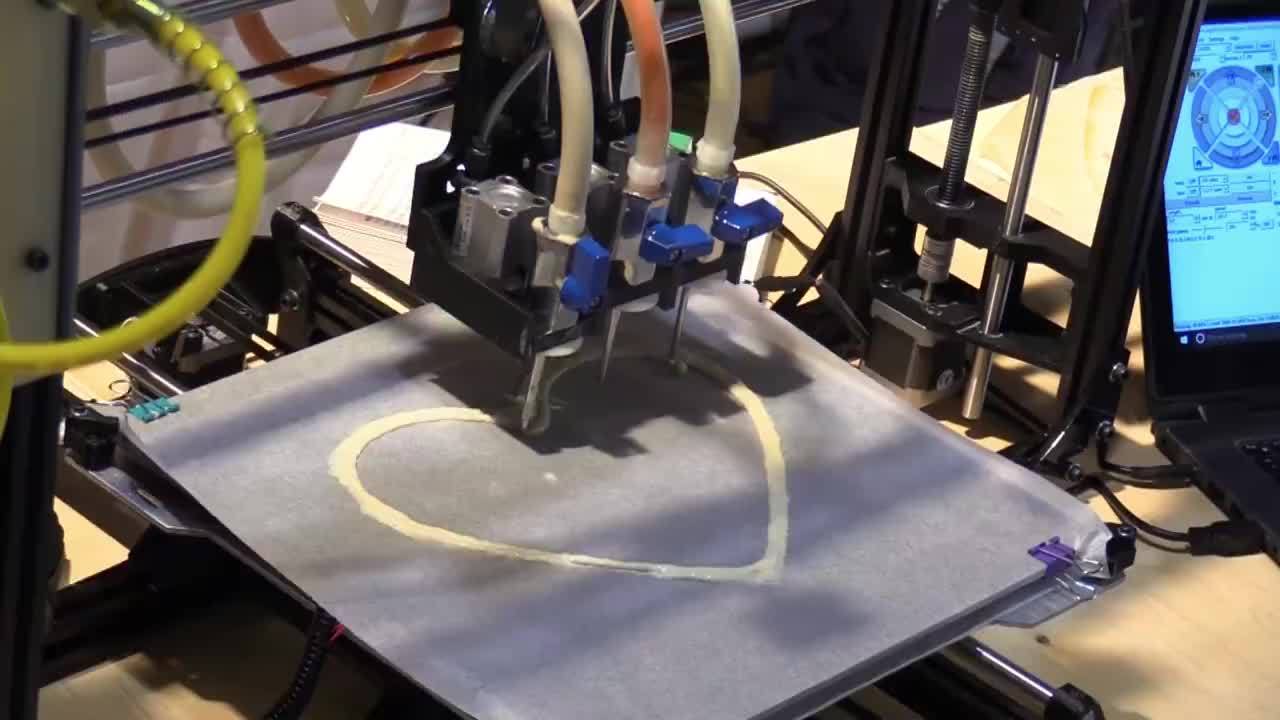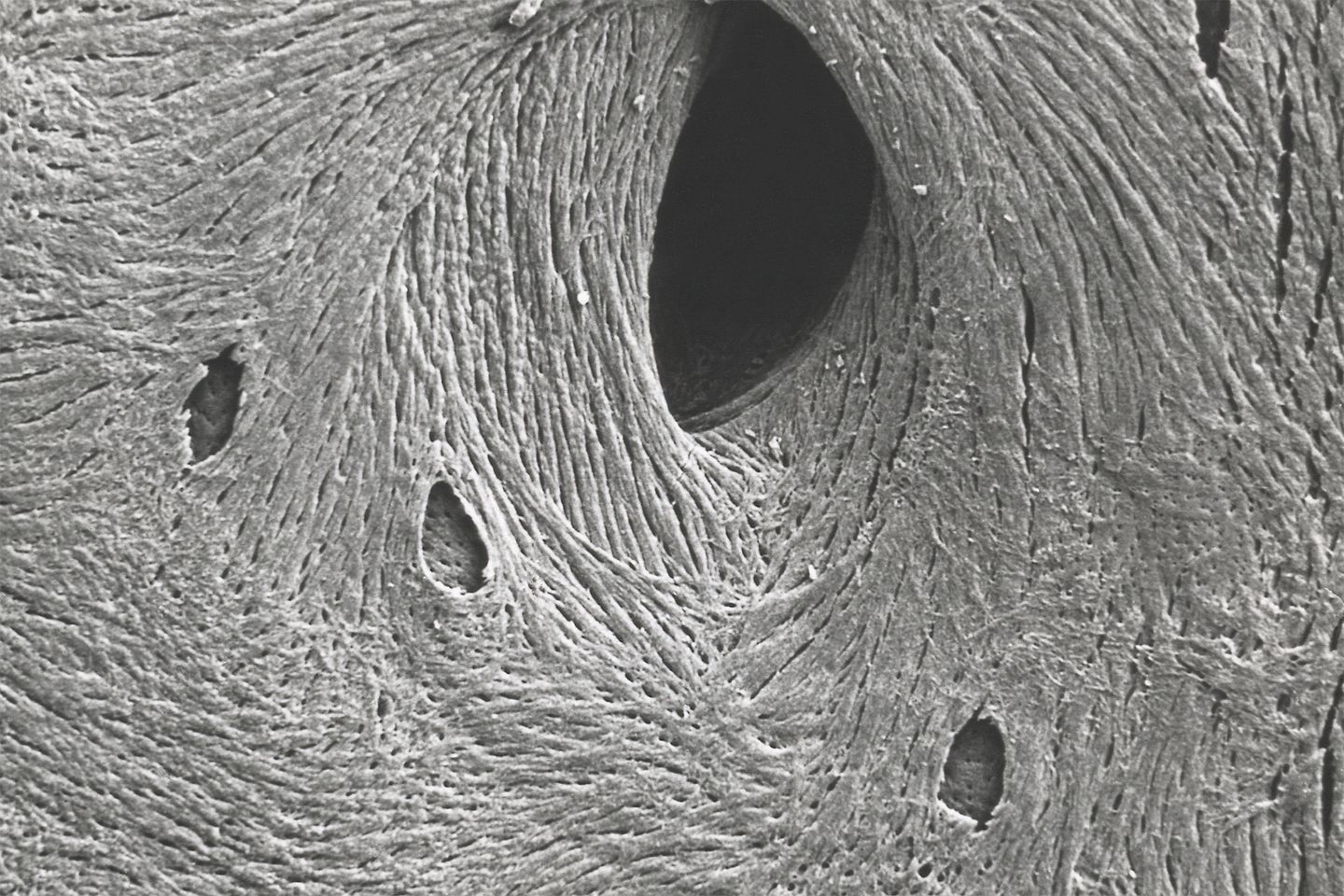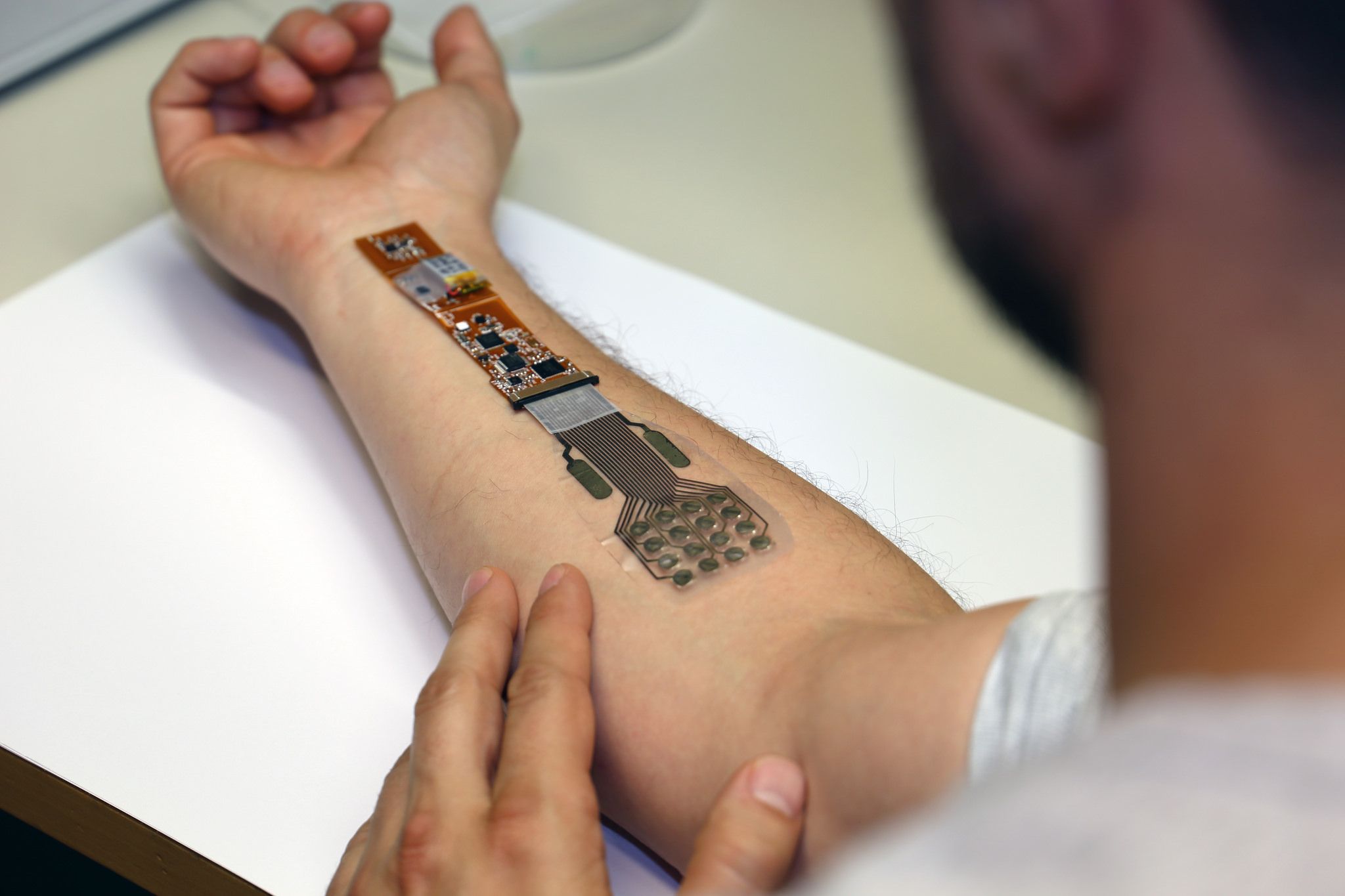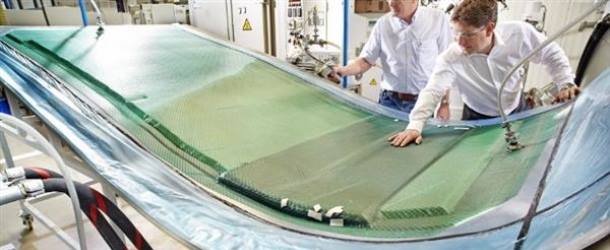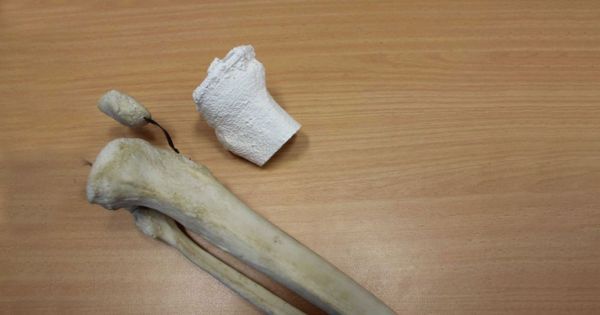Open wide, because the robots have eyes on your dental work. South China Morning Post reports that a robo-dentist has autonomously implanted two new, 3D-printed teeth into a woman’s mouth.
The procedure, which appears to have made use of a robot arm from Universal Robotics, was developed by a team from the Fourth Military Medical University and Beihang University. The hardware first orients itself with the patient’s head, and is then programmed with the procedure it needs to undertake. It does a dry run to check that it’s got everything right, before the patient is given an anesthetic and the robot gets drilling. The team says that the robot works to tolerances of less than 0.3 millimeters, and can detect and compensate for movements of the person’s head.
Don’t fancy the idea? Well, bear in mind that it’s hoped the robot will be able to make up for a shortfall in the number of practicing dentists in China, which often leads to unqualified practitioners performing questionable procedures.
